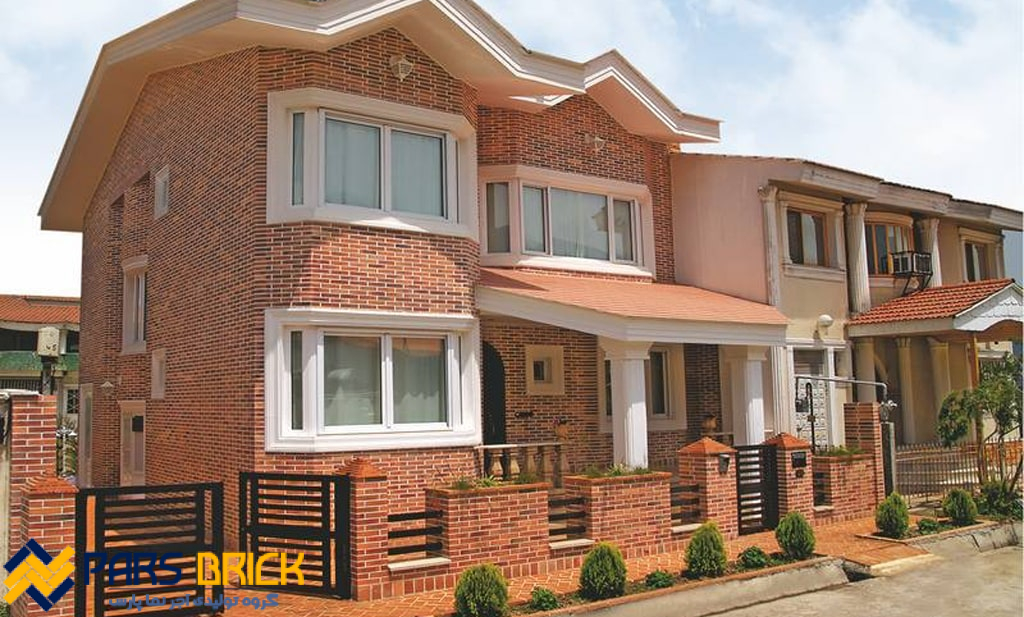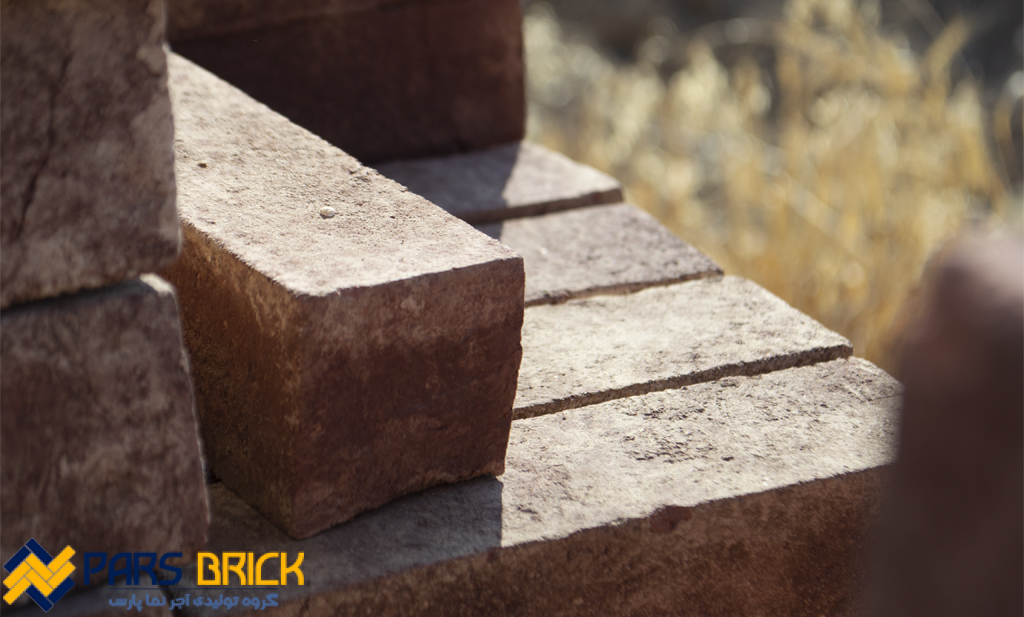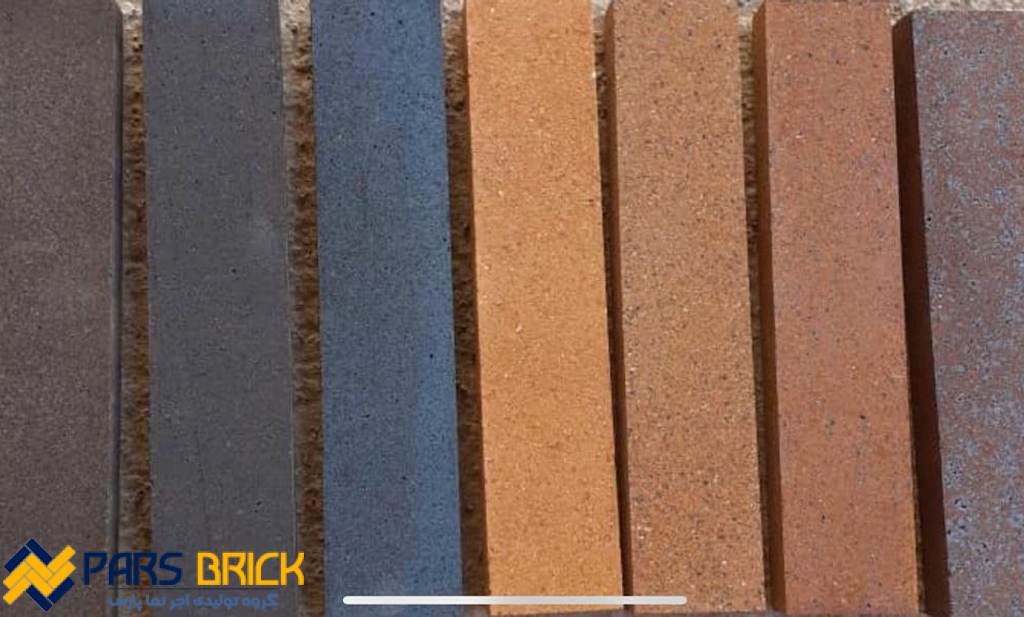What are the methods of brickwork?
The art of arranging bricks in buildings in order to provide decorative facades that fit the shape of the building is called brickwork methods.
Iranian architects have tried to preserve the organic state of this material in relation to the shape of the building by widely using brick in various types of decoration. Iranian architects (according to the works left behind) have tried various methods in the field of brickwork from the 4th century onwards.
to gnaw
When the brick comes out of the furnace; it is dry; And the water kills the mortar and causes problems for the mortar, that’s why they put the brick in barrels of water for half an hour so that it gets wet and doesn’t damage the mortar, which is called sanding. Therefore, zanjab should not be confused with water extraction)
Go away
It is a method that is commonly used in wood; But in the work of brick decorations, we also deal with it on very limited levels. Quarrying is actually one of the methods of turning bricks, in which instead of a broken pattern, a rotating pattern or curved pieces are used. It is mainly used in the decorative frames of the facade of the building, which before the Qajar era were mostly in the form of scales and chest of drawers, and it offers a continuous and uniform design. The popularity of Qaware Beri with different designs and roles is related to the Qajar era, which continued until the beginning of the Pahlavi era. And still interesting examples can be seen in Shiraz.
Chinese vessel
In the methods of brickwork, brickwork by combining bricks of the same color and creating different designs and patterns on a smooth surface is called porcelain vein. Various designs depend on how the bricks are placed on the facade.
Raste: a brick that is worked from the side and lengthwise in the facade.
Kale: A brick whose head or width is worked horizontally or vertically on the facade.
Facade length: a brick that is worked vertically in the facade from the side and lengthwise.
Bedside view: work horizontally on the floor and its entire surface can be seen.
Lariz: A brick that shows the row of bricks as a step.
Regular laband: A brick that is worked one in the middle, head and straight.
Nima Nim: It is the most common method of brickwork. The entire row of straight bricks is used; In such a way that the straps of the upper vertical vein are placed right in the middle of the bricks of the lower vein. Various and other famous designs: Straight head, straight nap, wicker, twill, checkered and…
scoring
at the time of vein folding; They pick it in such a way that different flowers of seven veins and five veins can be obtained from their combination. We see good examples of this method in the inscriptions of Yazd houses. The most famous flower arrangement is known as “Shishband Shirazi”, which creates a beautiful pattern in geometric elements by stacking five veins of bricks “that have six bands”. Such designs are sometimes “faced” or flat, or “eighty” or raised and recessed. We see good examples of it in Jame Mosque in Yazd. Sometimes bricks and tiles used to be mixed together, and the tile pattern shone like a gem in the brick facade. We can see the best example of flower-thrower in Akhanjan Tower of Khorasan and Radkan Tower of Khorasan.
Learn more about the types of bricks and their use.
Knotting
One of the most delicate and productive methods is brickwork; which is done with the help of different pieces of cut and axed bricks in different sizes. Knot designs are the basis of simple geometric patterns such as triangles, rhombuses, squares, rectangles, and trapezoids, and combining them with each other and creating polygons, stars, etc. We see good examples of it in the Samanian and Al Boyeh eras. We see this example of brickwork in buildings such as Goharshad Mosque, Amir’s Tomb in Samarkand, and in Varamin Jame Mosque from the Ilkhanid period. Sometimes flower-making and knot-making are combined to create a beautiful design. The tomb of Amir Ismail Samani (related to the 3rd century Hijri whose architecture is a continuation of pre-Islamic Iranian architecture) is an example of this style.
Brickwork with decorative bricks (Mehri)
The work of decorating the facade of the building with embossed Mehri bricks has a history since the Ilkhanid period.
In this way, the square and rectangular bricks of the cruciform and other types with different prominent patterns, along with pieces such as lakhki, arches, borders, roof faces and solar panels on the joists between the two floors of the building, which have sealed bricks; They create a pleasing effect. This method became popular in some cities such as Yazd, Kashan, Shiraz and Tehran during the Qajar era.
In the works of Yazd, these bricks are placed in four groups:
Using a single brick panel with a full pattern in the middle of simple ribs.
A set of four bricks together that form a complete pattern.
A border of consecutive patterned bricks
Large frames on wide bodies with the help of patterned bricks, each of which completes a part of the large design.
Colored brickwork or colored knotting
In this way, they create different designs with bricks of different colors and in a flat way.
The use of colored bricks in the facade of the building dates back to the Ilkhanian period.
There is a scroll of this method of brickwork from about 120 years ago, in which many designs based on geometric patterns and building lines are presented.
Chinese blood
This method is a special kind of brickwork sunk in the mortar and Chinese knot, which was very popular in Shushtar and Dezful. With the help of this method, it is possible to use shaded pits and thus reduce the amount of heat entering the building. The main basis of Chinese blood paintings is based on the cruciform pattern, which is obtained in different combinations from the formation of cruciform petals around a center. Often the center of a role that forms the most striking part of the role; It is decorated with words such as Allah, Muhammad and Ali in the form of calligraphy.
Fakhrumuddin
In this work, the bricks are arranged in a grid.
Eight and Gir
In the principles of brickwork methods, in this method, the Chinese brick is removed from the smooth and flat state and creates raised and recessed designs that give a special effect to the building by creating a bright shadow. (The word Hasht means very prominent and Gir means sunken) The most famous type is Shirazi’s eight and Gir where the depression and prominence are completed and repeated in every six stanzas and five veins. This Chinese brick is also known as Shirazi Six Bands.
waterfall
This design is also available in stucco. In Chinese brick, the angles are right, but in plaster, the angles may be curved.
blow wind
In this method, the facade is divided into squares and in each square one brick is arranged horizontally and another brick is arranged vertically. Maaghali (mixed tile and brick)
It is a type of brickwork in which a mixture of bricks and tiles is used;
An example of which can be seen in the tomb of Khwaja Atabek in Kerman.
But perhaps the most beautiful and significant brick and tile work is Nafisi’s work, which can be seen in Sangan, Khorasan, on the way from Jam to Zozan.
Kharghan Tower
Kharghan Towers are two octagonal towers in the shape of a tomb located in the west of Iran.
These two towers are located at a distance of thirty meters from each other and are from the buildings of the Seljuk period.
In each corner of the octagonal corners, there are special motifs of brickwork decorated with different mortars.
The first tower was built by the architect Mohammad Bin Makki Al Zanjani in 460 AH. AD is equal to the year 1067-68 AD and the second tower by the architect Abu Ali Makki Al Zanjani to the year 486 AH. It was built in 1093-94 AD. About seventy types of bricks have been used in the brick works of these two towers. The bricks are simple but very beautiful in terms of patterns. The bricks in these two towers are used in two ways: brick cutting and precast brick.
blue dome
Kobud Gonbad is one of the buildings of the late Seljuk period, which is located in Maragheh.
Some date the construction of the building in 593 AH. AH and some others say 582 and 686.




با آجر پارس در اینستاگرام
برای اطلاع از جدیدترین محصولات و مشاهده نمونه پروژه های اجرا شده توسط شرکت آجر نما پارس لطفا پیج اینستاگرام شرکت آجرنما پارس را دنبال کنید.






